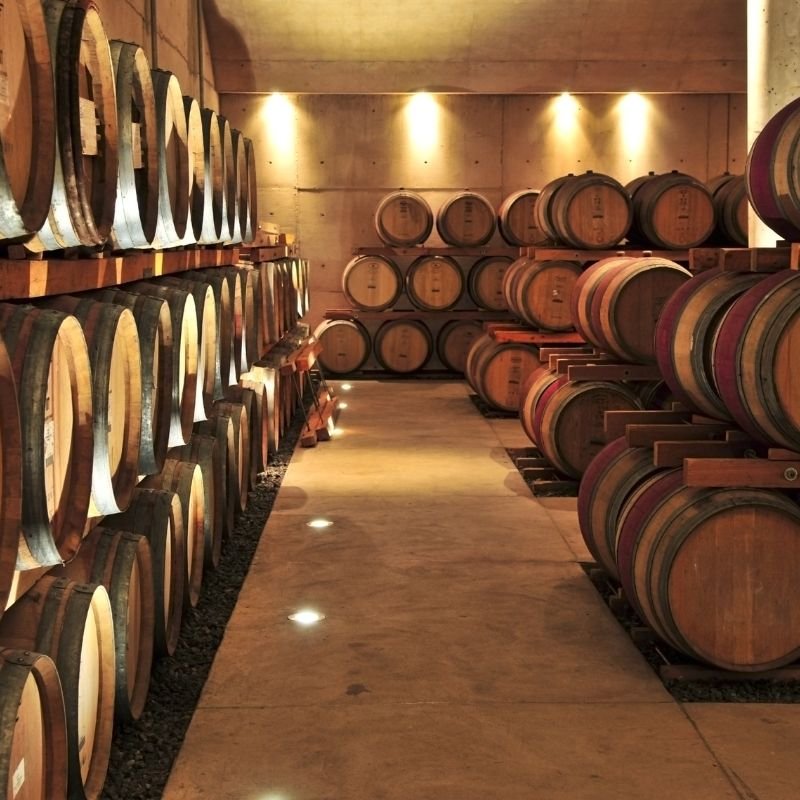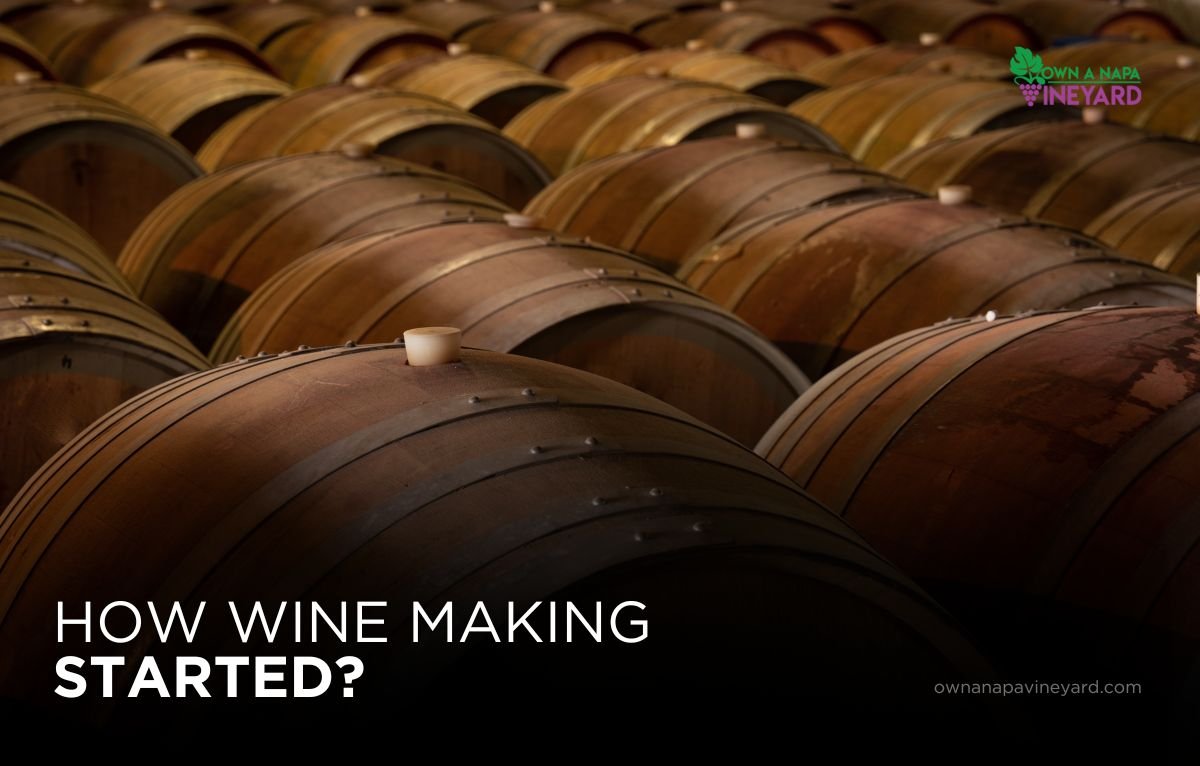Winemaking has been an integral part of human culture for thousands of years.
Recent archaeological findings suggest that the origins of winemaking date back to the Neolithic period, around 6000 BC, in the South Caucasus region, particularly in present-day Georgia.
This discovery pushes back the previously accepted date by several centuries.
The history of winemaking is a rich tapestry that intertwines with the development of human civilization.
From ancient rituals to modern celebrations, wine has played a pivotal role in cultural, religious, and social contexts.
Beginnings of Winemaking
The roots of winemaking can be traced back to the Neolithic period, approximately 6000 BC, in the South Caucasus region, encompassing modern-day Georgia, Armenia, and parts of Iran.
Archaeological excavations have unearthed compelling evidence supporting this early origin.
Evidence from Georgia
In Georgia, excavations have revealed pottery fragments containing residues of tartaric acid, a primary indicator of grape wine.
These findings, dating back to around 6000 BC, suggest that the inhabitants of this region were among the first to ferment wild grapes intentionally.
The presence of grape pollen and ancient grape seeds further corroborates the domestication and cultivation of grapevines during this era.

This discovery underscores the significance of the South Caucasus as a cradle of viticulture.
Discoveries in Iran
Similarly, the Hajji Firuz Tepe site in Iran has provided substantial evidence of early winemaking activities.
Archaeologists have identified jars containing residues consistent with grape wine, dating to approximately 5400–5000 BC.
These findings indicate that the practice of fermenting grapes was not isolated but rather a widespread innovation across the region.
The chemical analysis of these residues has been pivotal in confirming the presence of ancient wine, offering a glimpse into the dietary and cultural practices of Neolithic communities.
Glimpse into Early Wine Production
One of the most remarkable archaeological discoveries shedding light on ancient winemaking is the Areni-1 cave complex in Armenia.
Unearthed in 2007, this site has been instrumental in understanding the sophistication of early wine production techniques.
Archaeological Findings
The Areni-1 cave complex, located in the Vayots Dzor province of Armenia, has yielded a wealth of artifacts related to winemaking.
Excavations have uncovered a well-preserved wine press, fermentation vats, storage jars, and drinking vessels, all dating back to approximately 4100 BC.
The presence of grape seeds, skins, and dried vines within the site provides direct evidence of viticulture and wine production.
These findings suggest that the inhabitants possessed advanced knowledge of fermentation processes and were capable of producing wine on a significant scale.
Significance of the Discovery
The Areni-1 winery is currently recognized as the oldest known winemaking facility. This discovery has profound implications for understanding the social and economic structures of early societies.
The scale of production indicates that wine was not merely a casual beverage but likely held ceremonial or trade significance.
Moreover, the technological advancements observed at the site reflect a deep understanding of fermentation and storage techniques, highlighting the innovative spirit of these ancient communities.
Spread of Viticulture Across Ancient Civilizations
The art and science of winemaking did not remain confined to the South Caucasus.
Through trade, migration, and cultural exchanges, viticulture spread to various ancient civilizations, each adopting and adapting the practice to their unique environments and cultural contexts.
Wine in Rituals and Daily Life
In ancient Egypt, wine held a prominent place in both religious ceremonies and daily consumption.
Depictions of grape harvesting and winemaking adorn tomb walls, indicating the integration of wine into Egyptian culture.
Archaeological evidence points to the production of wine in the Nile Delta region, with amphorae bearing the names of vintners and the quality of the wine.
The Egyptians also developed early methods of wine preservation, utilizing sealed containers to store and age wine.
This practice not only reflects the value placed on wine but also showcases the advancements in storage techniques.
Symposium and Wine Culture
The ancient Greeks elevated winemaking to an art form, intertwining it with philosophy, literature, and social gatherings.
The symposium, a convivial meeting for drinking, music, and intellectual discussion, centered around the consumption of wine.
Greek literature is replete with references to wine, highlighting its integral role in society.
The Greeks also made significant contributions to viticulture, experimenting with different grape varieties and cultivation methods.
Their innovations laid the groundwork for modern winemaking practices, influencing subsequent cultures and civilizations.
Expansion and Standardization
The Romans inherited the Greek appreciation for wine and expanded viticulture throughout their vast empire.
They implemented systematic approaches to grape cultivation and wine production, introducing standardized techniques and regulations.
Roman innovations included the development of wooden barrels for storage and transportation, enhancing the efficiency of the wine trade.
The proliferation of vineyards across Europe during Roman times set the stage for the diverse wine cultures that flourish on the continent today.
Their emphasis on quality control and classification influenced the evolution of wine as a commodity and a cultural symbol.
Scientific Analyses Unveiling Ancient Winemaking Practices
Advancements in scientific methodologies have been instrumental in uncovering the nuances of ancient winemaking.
Through chemical analyses and biomolecular archaeology, researchers have been able to identify and understand the composition of ancient wines, offering a window into the past.
Preserving Tradition and Crafting the Future of Winemaking
The journey of winemaking from its ancient origins in the South Caucasus to its widespread influence across ancient civilizations is a testament to human innovation and cultural exchange.
Today, winemaking continues to thrive, blending time-honored traditions with modern techniques.
For those inspired by the rich history of winemaking and eager to create their legacy, Own A Napa Vineyard offers a unique opportunity to own and operate a vineyard in one of the world’s most renowned wine regions.
With expert guidance and tailored services, you can become part of a tradition that spans millennia, producing exceptional wines while preserving the artistry of winemaking.





